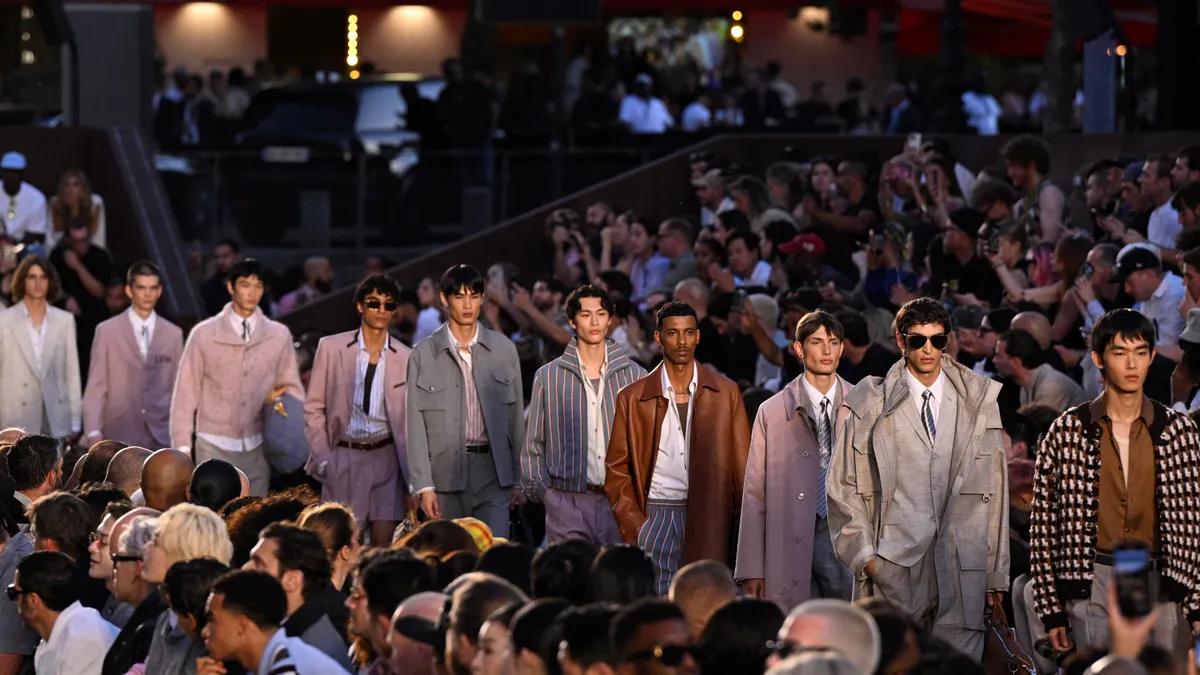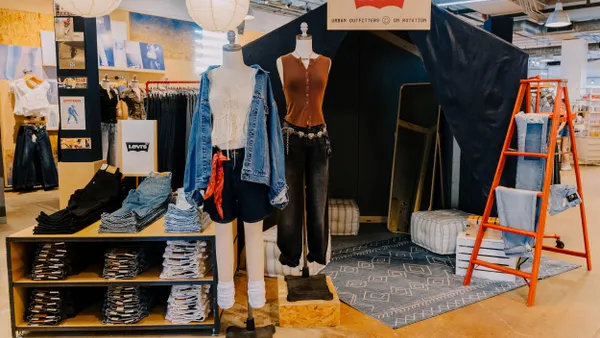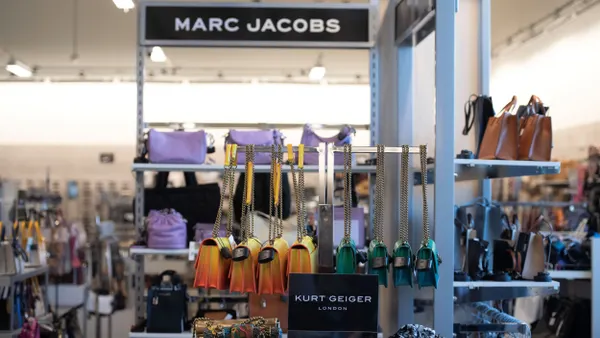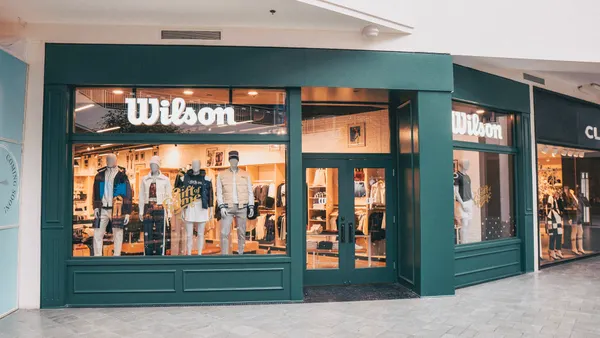Dive Brief:
- LVMH Moët Hennessy Louis Vuitton posted revenue of 39.8 billion euros, or about $46.8 billion, for the first half of fiscal 2025, representing a 4% decline year over year, according to a Thursday release.
- Net profit sank 22% for the period, and profit from recurring operations was down 15%. In the release, the company said the results came amid “a disrupted geopolitical and economic environment.”
- First half revenue for the company’s largest division — fashion and leather goods — was down 8% year over year to 19 billion euros, driven by a 9% decline in the second quarter. The watches and jewelry division was down 1% for the half, as was perfumes and cosmetics.
Dive Insight:
LVMH has struggled over the past few quarters amid a heavily reported slowdown. A recent report from Bain & Company indicated that watches and leather goods faced especially challenging headwinds as the larger personal luxury goods sector declined. However, Bain added that jewelry and apparel sales remained relatively robust.
Against this background, some smaller luxury firms have found solid ground, including Brunello Cucinelli, which recently reported a 10% revenue increase to 684 million euros for the first half of fiscal 2025. In addition, Richemont reported a Q1 revenue uptick of 3% to 5.4 billion euros, driven by its strong jewelry sales.
At LVMH, the main challenge recently has been a change in consumer spending across markets in Asia, and particularly in Japan, according to Pippa Stephens, senior apparel analyst at analytics firm GlobalData.
Organic revenue in Japan plummeted 28% in the second quarter of 2025, largely due to unusually high sales growth in that country last year, Stephens said in an emailed note. She added that the rest of Asia also struggled throughout the first half of fiscal 2025, and the 9% decline in H1 was due in part to trade tensions weighing on consumers in China.
“While the country’s economy has been improving, many Chinese shoppers are also still refraining from buying luxury goods as the government cracks down on those showing off their wealth on social media by blocking their accounts,” Stephens said.
Stephens added that the downturn in LVMH’s fashion and leather goods division could also be a result of “young consumers shifting to more trendy luxury brands” including Prada and Miu Miu.
“With both Dior and Loewe appointing new creative directors this year, there is hope that LVMH will be able to further bolster the desirability of these brands and contribute to the division’s recovery,” Stephens added.
LVMH named a new CEO of its Americas division in July and shuffled the leadership at three key brands in April.
On a call with analysts, Cecile Cabanis, LVMH’s chief financial officer, said that a change in tourism was responsible for the company’s global revenue challenges.
“In the West, the impact of tourism is measured, but visible,” Cabanis said. “Euro strength penalized touristic purchases in Europe in Q2, whereas the U.S. region improved modestly. In Asia, the impact of tourism is much more significant as Japan benefited from exceptional demand last year driven by the yen weakness, and we saw the reversal of this in Q2.”
The company did not provide a formal outlook for the remainder of the year. However, Jelena Sokolova, an analyst with Morningstar, said she expected revenue to recover somewhat. “LVMH has outperformed the luxury industry for most of the past two decades,” she said in an emailed note.
“In our base-case scenario, we forecast annual sales growth of 5% over the next decade, conservative compared with historical growth of 10%,” Sokolova said. “We expect growth will be supported by normalizing demand from Chinese and U.S. consumers.”











